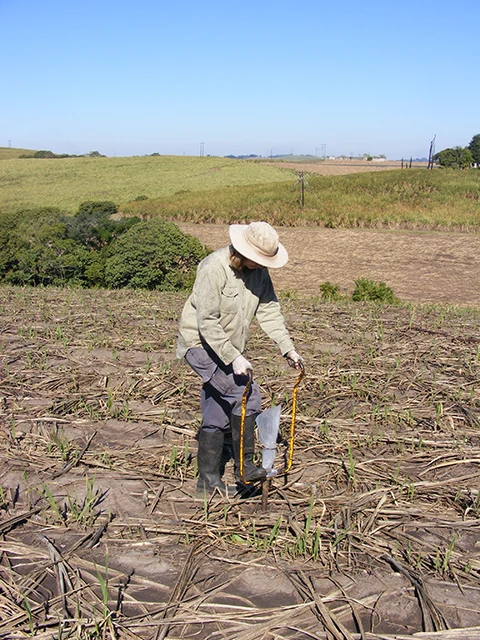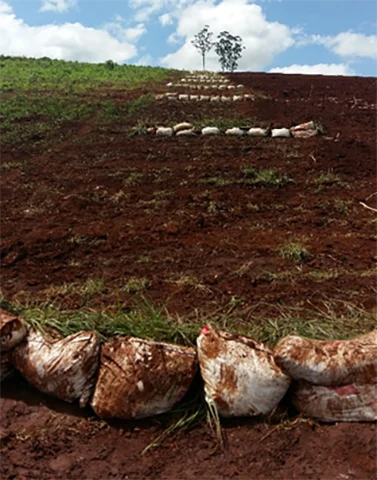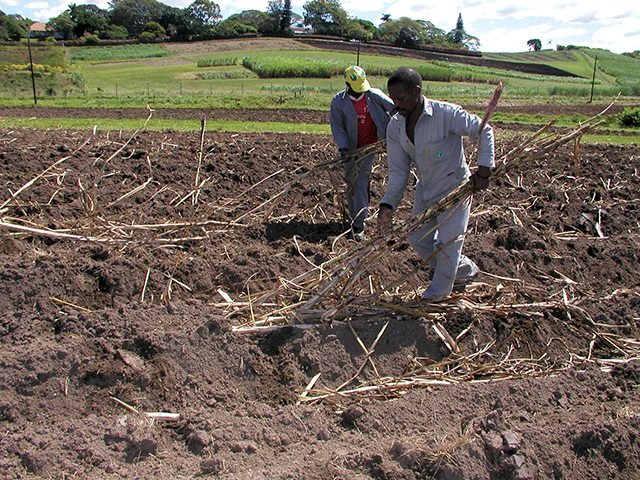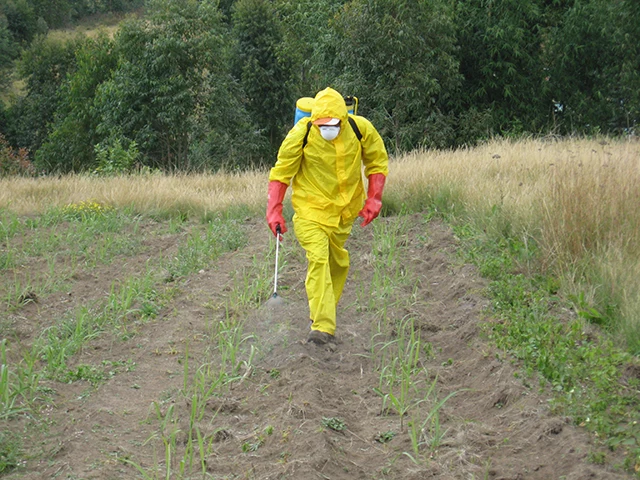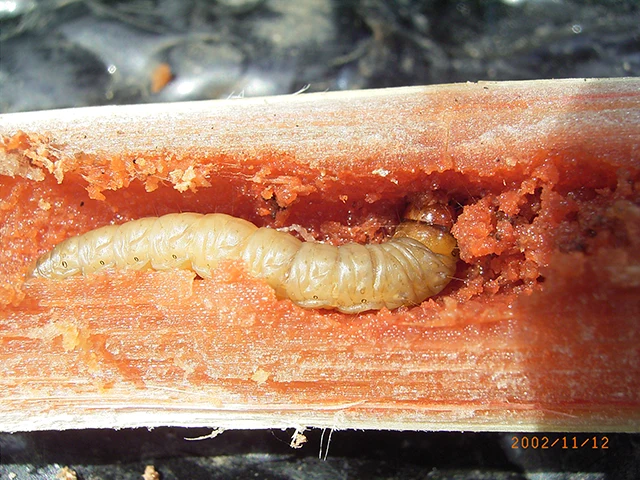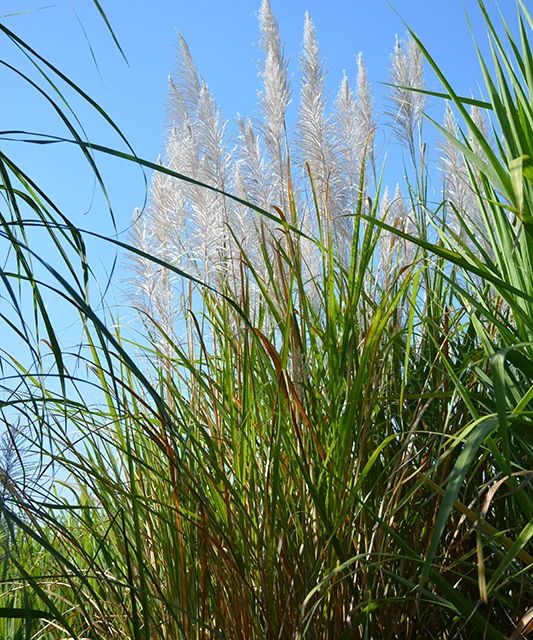
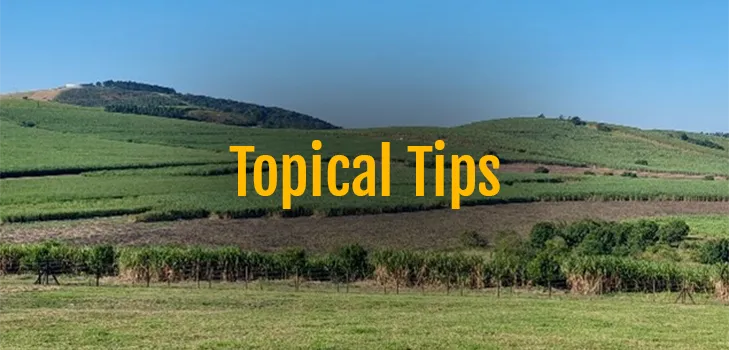

Ruth Rhodes (Extension Specialist, Zululand South) and Jan Erasmus (Extension Specialist, Malelane)
30th July 2025
Winter is at its peak, presenting an ideal opportunity to prepare for the busy spring season ahead. Runaway fires can be an issue, and fire breaks and fire-fighting equipment should be maintained in good order.
- Do your soil sampling now so that lime and fertiliser purchases can be made timeously.
- Ensure that replant fields are completely clear of all volunteer plants.
- Land preparation for your farm nursery and other replant fields should begin now, especially if lime and gypsum applications are required.
- Consider doing your own eldana scouting to prepare a spray programme for the spring eldana moth peak. See Scouting for Eldana in this edition of the Link.
- Maintain your herbicide application equipment and consider training for your spray team.
- Seedcane orders for 2026 should be submitted now. Plan your replanting schedule for next year so that you are prepared for your order.
Soil sampling and Crop nutrition
- Winter is an ideal time for soil sampling. Get on track with your sampling programme and don’t get caught out having to order lime and fertiliser at the last minute.
- Your fertilising programme should start in earnest from August onwards. Ensure now that you will have the necessary types and amounts of fertiliser ready to apply and that your equipment is calibrated.
- All the fields harvested and ratooned so far this season should receive their topdressing during August and September, following good spring rains. Be sure to get the programme going as soon as possible.
- LAN-based or treated urea fertilisers are a good choice for use early in the season when the risk of volatilisation of nitrogen is at its greatest. Consult your Extension Specialist.
- Consider the advantages of split applications of fertiliser on soils that are very sandy or poorly drained.
Conservation structures and fire control
- Conservation structures and waterways will work only if they are satisfactorily maintained. Check yours now so that you can face the rainy season with confidence.
- Spread your tops as soon as possible, ideally within a week of harvesting. This will help to ensure some soil cover to reduce evaporation and return some organic matter to the soil.
- Burn firebreaks and ensure that your boundaries are mowed or weeded to prevent spread of fires.
Preparing for planting
- Ensure that your replant fields are clear of all volunteers before planting, as they can carry Ratoon Stunt (RSD) into replant fields. Remember, replant fields should be fallow for at least six months before replanting, or nine months for farm nursery seed fields.
- Prepare fallow fields for spring planting; apply lime well in advance of planting so that it can start to react within the soil.
- Order your seedcane now for 2026 plantings.
- Check your farm nurseries: does the amount of available seed match the fields you plan to replant this spring? Ensure that varieties selected match the field conditions of each replant field.
Weed control
- Weeds will respond to the warmer weather ahead. Arrange to have your herbicide team trained to operate efficiently and to use the chemicals safely and at the correct rate.
- Chemicals cost money. Be sure that your fertiliser distributor, herbicide spray boom, knapsacks, and your nematicide distributor, are all correctly set after calibration.
- Use SASRI’s online Herbicide Guide to plan your chemical weed control programme well in advance.
Pests & Diseases
- The July – August period is a good time for eldana scouting, particularly for fields to be harvested next season. The results of the scouting programme will guide your eldana spray programme over the Sept/Oct/Nov moth peak period.
- Although the SASRI biosecurity teams will inspect your fields, it is good practice to do your own scouting. Select 100 random stalks from the field, split them lengthways and count the total number of live eldana, to get your e/100 measure. Discuss your results with your extension specialist to decide on fields to be sprayed. See Scouting for Eldana in this edition of the Link.
- Nematodes are generally a problem on weak coastal sands of the Fernwood and lighter Hutton (Clansthal) soil forms. Treatment with a nematicide at planting can be economically rewarding.
- In areas where mosaic is a problem, planting should start as early as possible during spring and be completed before December.

